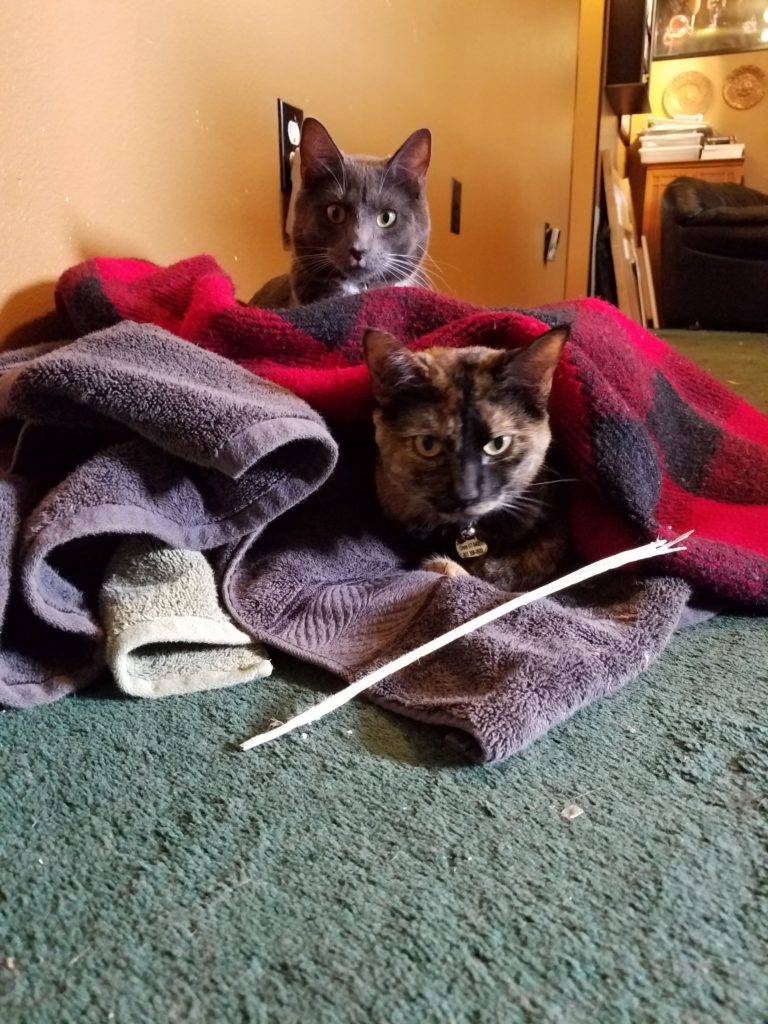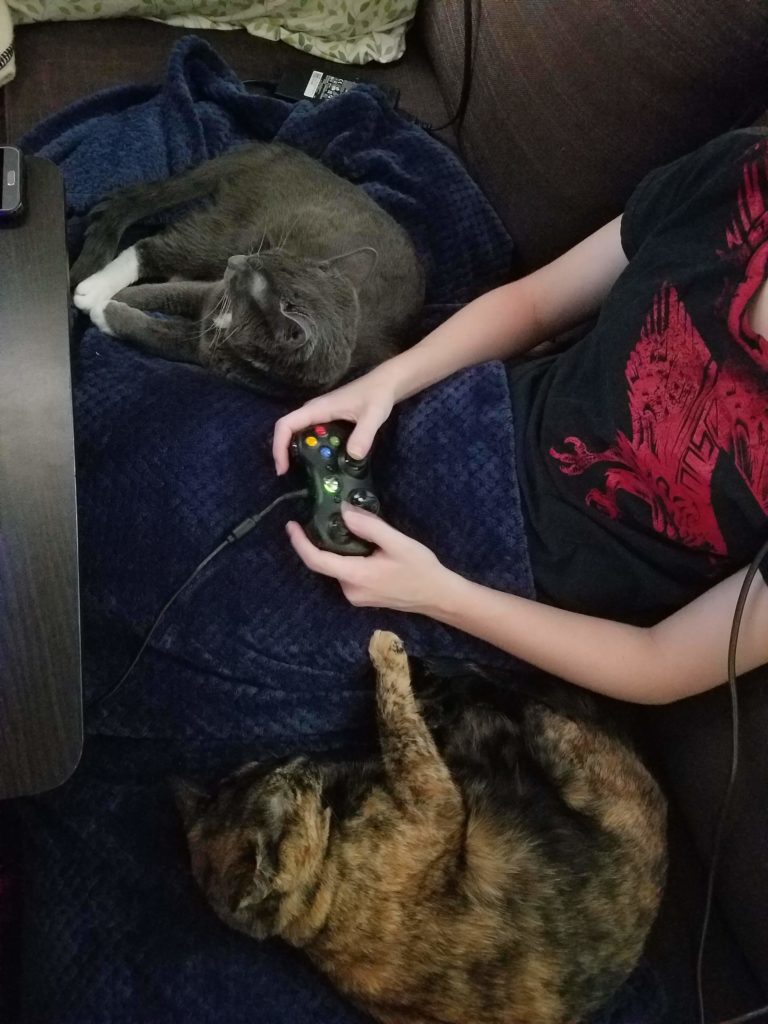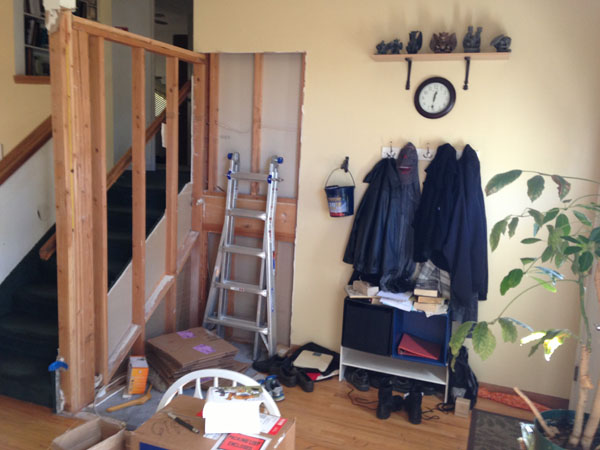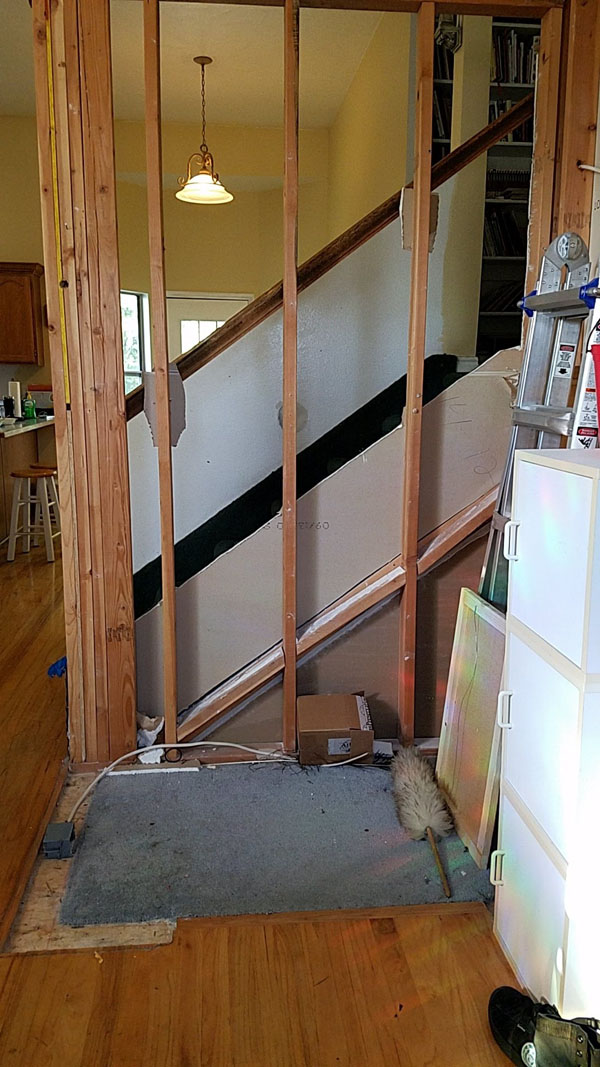GenCon The Day Before the Show Begins
It is only when I arrive at GenCon that I remember why the stress is worth it. I arrive and my people are here. First and foremost my booth crew, who have done nearly as much preparation and advance work as I have. This year they had the booth completely set up before I even arrived.
This year our hotel is farther away than we prefer. This is a direct result of a brief mistake on my part on the day hotel booking opened. Thanks to the kind folks at the GenCon housing company, I was able to correct most of that error, but we’re further away. Because my crew did most of their work yesterday, Howard and I had time to teach me the route from the hotel to the convention center. The learning is necessary because something about downtown Indianapolis messes with my internal compass/map. I have to carefully learn my routes rather than trusting my instincts. One advantage of our hotel is that it is located on “The Circle” which is a beautiful historical section of downtown Indy. My learned path takes me past dozens of restaurants and interesting shops. Despite being further away, I’m glad I get to stay here at least once.
Another thing I did with my mostly free day was get extra sleep. I needed it after our 2am arrival at the hotel. Our plane got delayed four different times. The afternoon was spent on administrivia. I had to assemble and deliver the materials for our Game Chiefs who run the Planet Mercenary games during the show. I also had to double check the stock at the booth against my cash register to make sure everything matches up. There are always updates to make and things to do in order to optimize for each particular show. Then I had an hour or two to go over my presentation materials for the presentations I have ahead of me on Friday and Saturday.
Each thing completed is the culmination of tasks that have been hovering in my attention for months. I’ve fulfilled my obligation to my game chiefs and to the players who purchased tickets to our games. I’ve succeeded at providing housing for my crew, and merchandise for the booth. In the morning when we begin making sales I’ll have succeeded in preparing for the booth. Each thing done is a stress lifted. By Sunday evening I will feel lightweight. By then I will have traded those stresses for fascinating conversations, friends greeted, new people met, things learned, sights seen, and moments of joy. The net balance will be distinctly in the positive. It is every year. Sometimes when I’m paying out the stresses in advance I lose track of that.
The doors open tomorrow.
GenCon The Day Before the Show Begins Read More »









